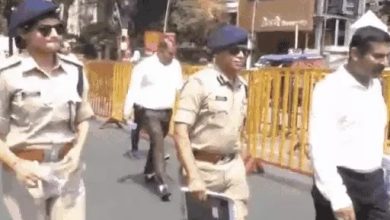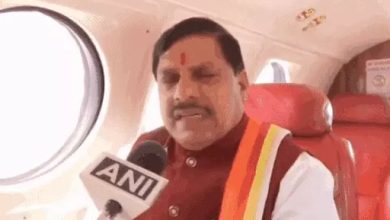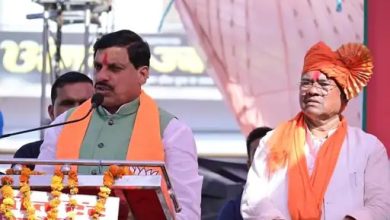India: number of habitations with contaminants in drinking water sources beyond permissible limit, is coming down

“Water” being a state subject, planning, approval and implementation of drinking water supply schemes, lies with state/UT governments.
Water Supply/ Water & Sanitation/ Public Health Engineering Departments and/or parastatal organization of respective State Government/ UT Administration, are responsible for making provision of water supply and ensuring quality of water supplied in their respective State/UT.
Government of India is implementing Jal Jeevan Mission (JJM) – Har Ghar Jal, since August, 2019, in partnership with States, to make provision of potable tap water supply in adequate quantity, of prescribed quality and on regular & long-term basis to every rural household.
The number of habitations with contaminants in drinking water sources beyond permissible limit, is coming down. The Contaminants-wise number of quality-affected habitations since 01.04.2019.
To enable States/ UTs to test water samples for water quality, and for sample collection, reporting, monitoring and surveillance of drinking water sources, an online JJM – Water Quality Management Information System (WQMIS) portal has been developed. As reported by States/UTs on WQMIS, as on 17/03/23, more than 54.70 lakh water samples have been tested in the water testing laboratories and 89.17 lakh water samples using Field Testing Kits, during 2022-23.
The State–wise details of water quality test reported through WQMIS are available in public domain on JJM Dashboard.
The Central Ground Water Board (CGWB) generates ground water quality data on a regional scale during various scientific studies and ground water quality monitoring throughout the country.
Water being a State subject, initiatives for water management, including its quality is primarily the responsibility of the States.
Data on ground water quality available with CGWB are being shared with concerned State Governments for taking necessary remedial measures.
Department of Water Resources, River Development and Ganga Rejuvenation, Ministry of Jal Shakti has issued guidelines for control and regulation of groundwater extraction with pan-India applicability, which include clauses on ‘Measures to be adopted to ensure prevention from pollution in the plant premises of polluting industries/projects.
Also, in 2019, Jal Shakti Abhiyan (JSA) was conducted to bring awareness on various aspects of water conservation and promote rainwater harvesting and artificial recharge in 256 water stressed districts in the country.
The JSA was expanded to the whole country in 2021. “Jal Shakti Abhiyan: Catch the Rain” (JSA: CTR) – 2022 campaign, the third in the series of JSAs, was launched on 29.3.2022 to cover all the blocks of all districts across the country.
Now, JSA: CTR 2023 has been launched on 04.03.2023 across the country and will be implemented during 04.03.2023 to 30.11.2023.
This information was given by the Minister of State for Jal Shakti, Prahlad Singh Patel in a written reply in Rajya Sabha on Monday.





